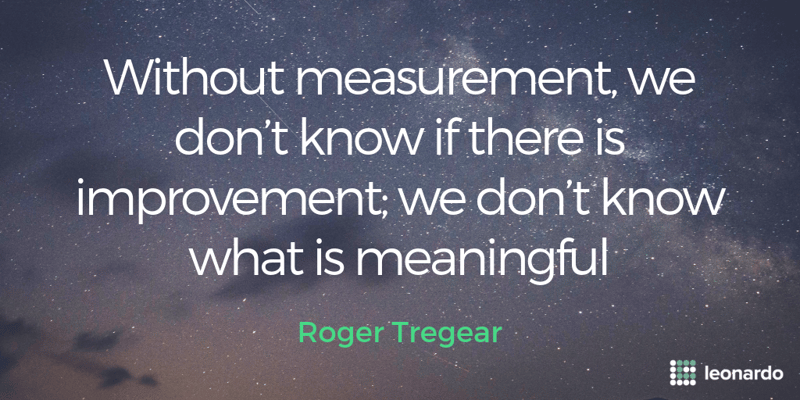 Why measure process performance? Because, if you don’t, all your process analysis and management efforts are a waste of time; you don’t have control over the things that really matter, and organizational decision-making can only be suboptimal.
Why measure process performance? Because, if you don’t, all your process analysis and management efforts are a waste of time; you don’t have control over the things that really matter, and organizational decision-making can only be suboptimal.
The only reason for doing process analysis, improvement and management is to improve organization performance in meaningful ways.
Without measurement, we don’t know if there is improvement; we don’t know what is meaningful.
Business processes are the way an organization delivers value to its customers and other stakeholders. On that basis alone, the argument for measuring process performance is easily made. Are we delivering value to customers in a way that impresses them and is sustainable for us? The plethora of measures about internal achievement – budget tracking, policy compliance, project completion, people management, etc. – say little, if anything, about value delivery. Process performance says it all.
A great deal can be gained from effective process-based management, but every organization has the right, indeed the obligation, to demand that those involved continuously demonstrate that the promised benefits have been realized.
Whether working at the individual process level or across an enterprise, too many BPM initiatives do not deliver on promises made – or, even if the promises are delivered, there is often no solid evidence and, in a skeptical, busy world, the work is dismissed. We ask staff to be involved in process improvement. We encourage them to innovate.
Six months later, the post-it notes have fallen off the wall and the memories have faded. If strategic, operational and tactical decisions are not being made based on the measured performance of business processes, why would process management and improvement be taken seriously?
It doesn’t have to be like that.
The discovery and use of effective process performance measures can be achieved. BPM initiatives that do not incorporate process measurement will fail. Process measurement is not always easy, but it is always possible
Measuring business process performance delivers many benefits:
-
factual evidence of customer-service levels
-
better understanding of cross-functional performance
-
enhanced alignment of operations with strategy
-
evidence-based determination of process improvement priorities
-
detection of performance trends
-
better understanding of the capability range of a process
-
uncovering actual and latent problems
-
changing behaviour based on factual feedback
-
improved control over the risks that really matter.
Process measurement makes process management possible and process improvement meaningful.




